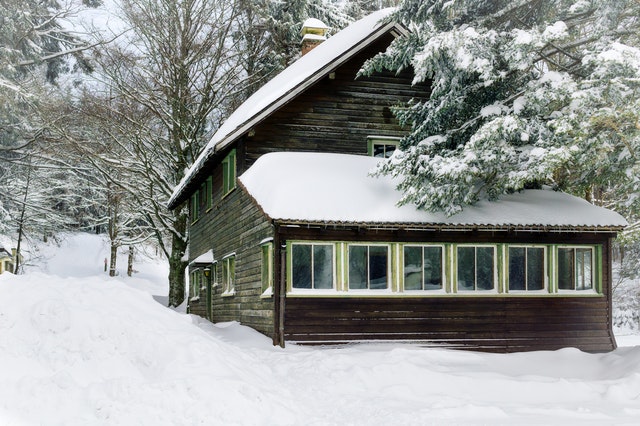While you may not notice little leaks in the summertime — or perhaps they simply don’t bother you as much — the discomfort that comes with cold rooms is enough to cause you to make sure everything is sealed tight by the change of seasons. Not only do energy leaks in your home cause a chill, but they also make your energy bills skyrocket, which is something everyone wants to avoid.
In order to keep the bills low and your home toasty warm this winter, you have to avoid those leaks as much as possible.
While there are a few different sources of energy leaks, checking the most common ones first will be your best bet. When you check out all the most likely culprits of your energy leaks, chances are good you’ll find a place to tighten up so your bills stay low and your home stays warm.
1. HVAC Issues
While the home itself can be responsible for the leak, it could very well start with the heating and cooling system.
If your systems are on the older side or the leaks seem like they span the whole house, you might have some potential to improve the HVAC system. One of the best ways to tell if the leak is coming from your HVAC system is to get an energy audit so a professional can assess the situation. While they can sometimes cost a few hundred dollars, some utility companies offer them at a discount or for free.
2. Roofs, Doors, Windows and Attic Hatches
If your HVAC system seems intact but you still notice drafts and cold spots, your home might have bigger leaks. Improper sealing around doors, windows and hatches can cause worse air loss than you may think. Check all the opening points of your home and see if the insulation is compromised.
Other seams like garages and roofs can cause energy leaks if they’re not resilient enough for the weather. Take a look at all the seams in your house and whether they function as openings or not. Your problem could begin and end with a stronger roof or sturdier doors.
3. Improper Insulation
Insulation is another common culprit of energy leaks. Your home itself, as well as the ductwork specifically, could be losing heat due to poor insulation. While there are a few specific points especially worth sealing throughout your home, finding a professional who can fully insulate your home will likely check all the necessary boxes.
Specifically, insulating the ductwork can ensure that your HVAC system isn’t losing heat before it even gets to its destination within your home.
4. Small Leaks
Even smaller leaks still have the potential to make a big impact on the energy efficiency of your home. Nothing is too small to create a leak, especially in the cold of winter. Small cracks and corners, gaps around electrical outlets and switch plates, window frames and other little details of your house could be causing gaps and air loss.
Usually, the changes in temperature they create can make them easy to locate and repair. Using caulk to seal them up is a quick, easy solution once you’ve found your gaps.
Preventing Home Energy Leaks This Winter
While some energy leaks need a professional to really repair them for the long term, others can be left in your hands. Regardless, it’s important to get to the bottom of those energy vacuums in your home before winter comes so your bills stay low and your house remains nice and comfortable. That way, you can relax and stay toasty all season long.
About Author: Evelyn Long is a Baltimore-based writer and the editor-in-chief of Renovated, where she covers home improvement advice and decorating insight for readers.


